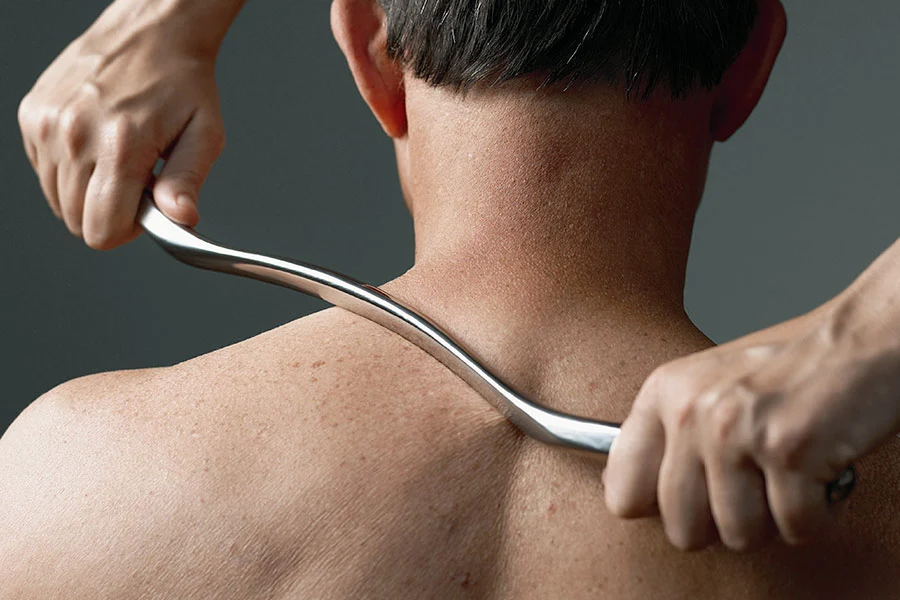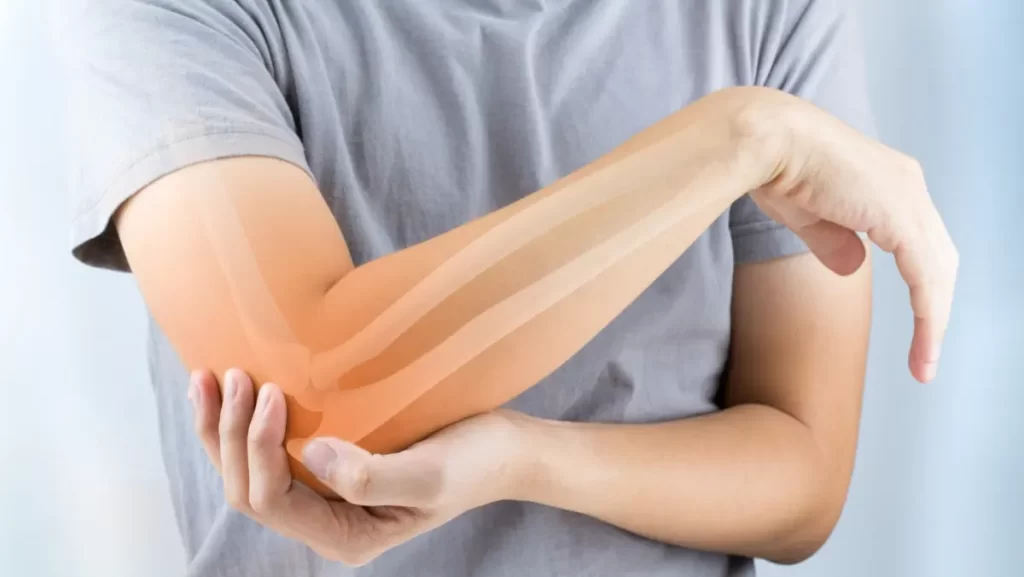Aquatic therapy is the use of water to perform therapeutic exercises and functional movements to restore pain-free function. This environment has a broad rehab potential, including the treatment of acute injuries and improvement of chronic conditions. Aquatic therapy has significant research supporting improvement in function through physiological changes that occur in the water environment, and it has become a very useful tool in the rehabilitative toolbox.
When applied correctly, with the use of education and experience, the practitioner may structure an advanced program to accelerate the healing process and maximize the restoration of function.
The pool at Motion Physical Therapy in The Woodlands has a Hydro Track Underwater Treadmill built in to maximize the patient’s therapeutic experience in the pool environment. This advanced aquatic therapy system which has a lock entry system that allows the patient to easily transfer to the aquatic environment without complicated lifts or the difficulty of stairs or ladders. The Hydro Track system also has an underwater treadmill built in to maximize the patient’s therapeutic experience in the pool environment. The buoyancy of the Heated Water and the cushioning of the specially designed Skid-Plate/Belt system provides a low-impact therapy session. The Hydro-static pressure and resistance of the water, with belt speeds of up to 7 Miles Per Hour provides the highest level of exercise in a low-impact environment!
Research shows there is a greater effect of aquatic programs that utilize an underwater treadmill. Research performed by Utah State University, studied the effects of aquatic and land treadmill (traditional treadmill) exercise programs, and found the benefits of water based treadmill therapy improved gait mechanics and decreased related joint pain. Another a study performed at Texas A&M that concluded there was a greater benefit for decreased soreness, inflammation, increased muscle mass gain and loss of body fat with use of an underwater treadmill. A study at the University of Wisconsin found that hydrotherapy is a positive way to improve flexibility, sleep patterns, and reduce muscle and joint pain in middle-aged and older adults with a history of orthopedic limitations and discomfort. Conditions appropriate for Aquatic therapy:
- Plantar Fasciitis
- Achilles Tendinitis
- Posterior Tibialis Tendonopathy
- Anterior Talo-Fibular Ligament (ATFL) Injury
- Posterior Talo Fibular Ligament (PTFL) Injury
- Stress Fractures
- Bunions
- Osteoarthritis
- Degenerative Joint Disease
- Forefoot Neuromas
- Ankle Sprain/Strain Injuries
- Knee pain
- ACL reconstruction
- Post knee Meniscectomy
- Post knee Arthoscopic surgery
- Knee arthritis
- Hip pain
- Post hip fracture
- Post hip replacement
- Low back pain
- Lumbar arthritis
- Sacral-iliac dysfunction
- Spinal fusion
- Spinal laminectomy
- Rheumatoid arthritis
Roper, Jaimie A., Eadric Bressel, and Mark D. Tillman. “Acute aquatic treadmill exercise improves gait and pain in people with knee osteoarthritis.” Archives of physical medicine and rehabilitation 94.3 (2013): 419-425.
Greene, Nicholas P., et al. “Comparative efficacy of water and land treadmill training for overweight or obese adults.” Med Sci Sports Exerc 41.9 (2009): 1808-1815.
Suomi, Rory, and Douglas Collier. “Effects of arthritis exercise programs on functional fitness and perceived activities of daily living measures in older adults with arthritis.” Archives of physical medicine and rehabilitation 84.11 (2013): 1589-1594.

















